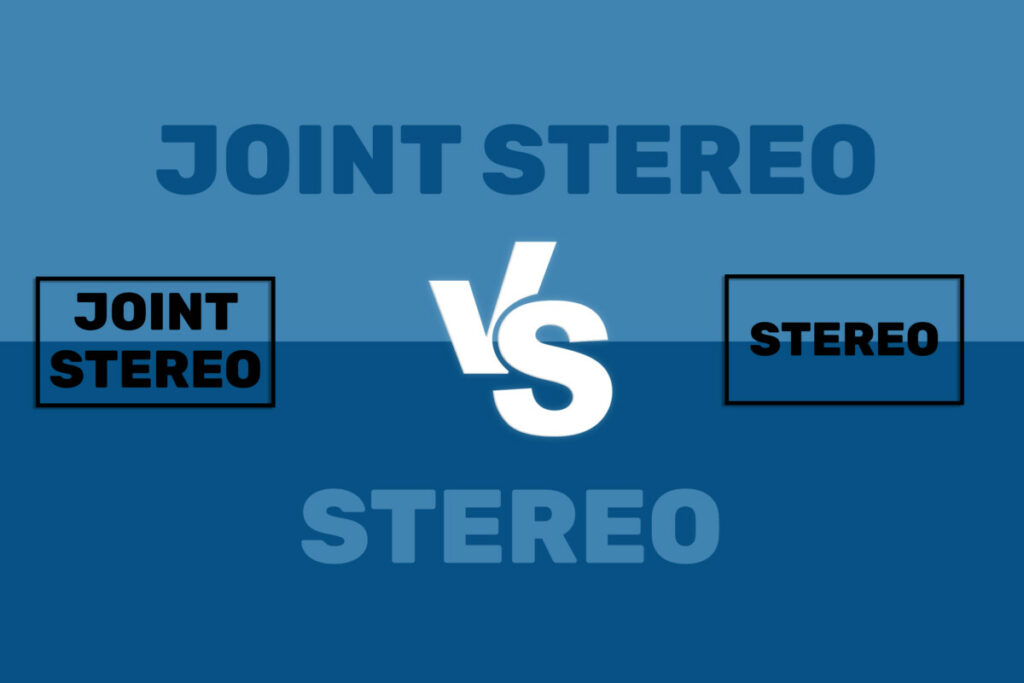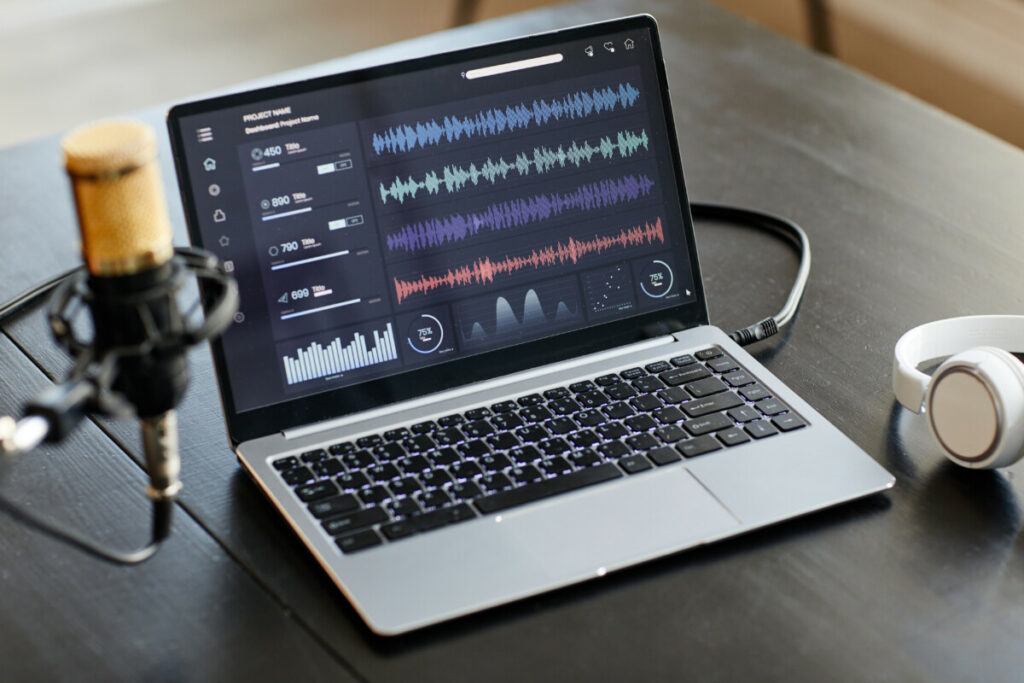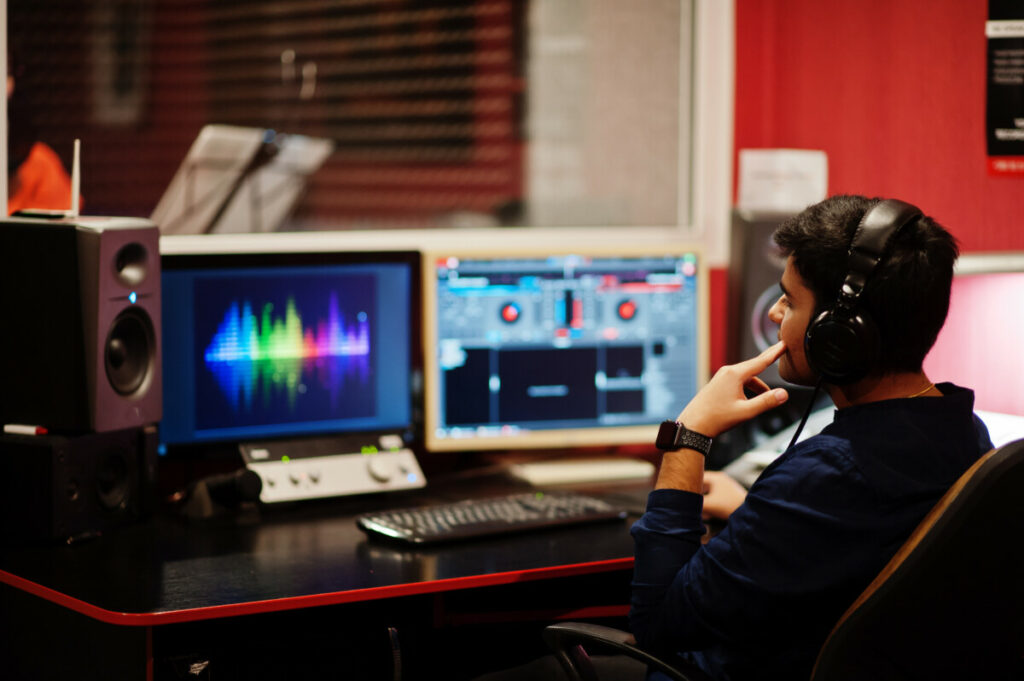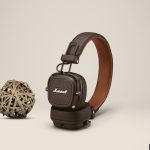
When it comes to audio, Joint Stereo and Stereo are two terms that often come up in conversation.
Though they may sound similar, there is a difference between the two which can have an effect on your listening experience. In this article, well be exploring Joint Stereo and Stereo in greater detail and discussing the differences between them.
Introducing Joint Stereo And Stereo
Joint Stereo is a method of encoding audio which combines stereo and mono signals in order to reduce the file size. Joint Stereo takes advantage of certain caracteristics shared by both stereo and mono signals, such as similar frequencies for example the 44100 and 48000 across different channels, and uses it to generate a smaller file size wile still providing good quality sound.
Joint Stereo also has the aded benefit of being compatible with mono devices, as the mono signal is still present within the Joint Stereo signal.
Stereo, on the other hand, is a method of encoding audio that uses two separate chanels for left and right audio. This results in a larger file size but also provides better quality sound due to the lack of compression. stereo signals are also not compatible with mono devices, as they will only play the mono signal.
Exploring The Differences: Joint Stereo Vs. Stereo

So, Joint Stereo and Stereo are two comon audio recording techniques that produce a two-channel sound field, allowing for a more immersive listening experience.
Both techniques are commonly used in music production, brodcasting, and audio streaming. However, there are several key diferences between Joint Stereo and Stereo that can impact the sound quality and efficiency of audio recordings.
Signal Encoding
One of the main differences between Joint Stereo and Stereo is the way in which the left and right audio chanels are encoded. In Joint Stereo, the audio information and the audio formats like PCM or Bitstream are combined into a single signal, while in Stereo, each channel is recorded as a separate signal.
The process of combining the chanels into a single signal in Joint Stereo allows for a more eficient use of storage and bandwidth. However, it can also lead to audible artifacts in the audio, as the encoding proces may not accurately capture the full frequency spectrum of the original audio.
Compression Efficiency
Another key difference between Joint Stereo and Stereo is their eficiency in terms of compression. Joint Stereo is typicaly more efficient than Stereo in terms of compresion, as it takes advantage of the similarities between the left and right channels.
This means that Joint Stereo recordings require less data to be stored or transmited compared to Stereo recordings and it can be especially useful in applications where file size is a concern, such as in online music streaming or radio broadcasting.
Sound Quality
While Joint Stereo provides a more efficient use of storage and bandwidth, it can result in a slight loss of sound quality compared to Stereo. The encoding proces used in Joint Stereo can lead to audible artifacts, such as phase shifts and spectral imbalance, that can impact the overall sound quality of the audio.
Stereo recordings, on the other hand, provide a higher level of sound quality as each channel is recorded separately, alowing for a more accurate representation of the original sound field.
Bandwidth
Finally, the amount of bandwidth required to transmit or store audio recordings is another key diference between Joint Stereo and Stereo.
Joint Stereo recordings typically require less bandwidth compared to Stereo recordings, as the single signal used in Joint Stereo requires less data to be transmitted or stored. This can be beneficial in aplications where bandwidth is limited, such as in online radio broadcasting.
In conclusion, Joint Stereo and Stereo are two common audio recording techniques that each have their own advantages and disadvantages.
Joint Stereo is typicaly used in applications where a balance between sound quality and file size is desired, such as in music streaming or online radio. Stereo, on the other hand, is used in applications where sound quality is a priority, such as in profesional audio production or high-end audio systems.
Usage of Joint Stereo and Stereo

When choosing between the Joint Stereo and Stereo, it’s important to consider the specific use case and what your priorities are in terms of audio quality and file size.
Joint Stereo is best used in situations where file size is a concern and a high level of audio quality is not esential. When streaming music or audio over the internet, using joint stereo can help to reduce the amount of data that needs to be transmited, making the streaming experience more efficient.
This makes joint stereo a popular choice for low-bandwidth aplications like online radio streaming and podcasting.
On the other hand, Stereo is the beter choice when audio quality is the primary concern. This is because stereo audio encoding creates a full and imersive audio experience by using two separate audio chanels.
The result is a more realistic and dynamic sound, which is ideal for music and video production, as well as for high-quality audio playback. Stereo audio is also commonly used in home theater systems, as well as in profesional sound systems, such as SONOS or HEOS, for live performances and events.
In summary, Joint Stereo is ideal for applications where file size is a concern and audio quality is not a priority, while Stereo is best for situations where audio quality is the main focus. The choice between the two will ultimately depend on the specific needs of the project and what is most important to the end-user.
Conclusion
So, both Joint Stereo and Stereo are two amazing encoding audio methods that many sound lovers need and both of them do the job more than properly and will help the audio enthusiasts in the best way possible.
Something to note about Joint Stereo and Stereo is that the application and the use of them differs in many terms, and that exact application is the reason and the way how you can choose between them better!
Anyways, I hope in this article you found everything you needed to know!
Composer & Audio Engineer
I’m a composer and audio engineer crafting sonic magic. Combining my skills in rhythm, harmony, and sound synthesis to create the ultimate auditory experience.





